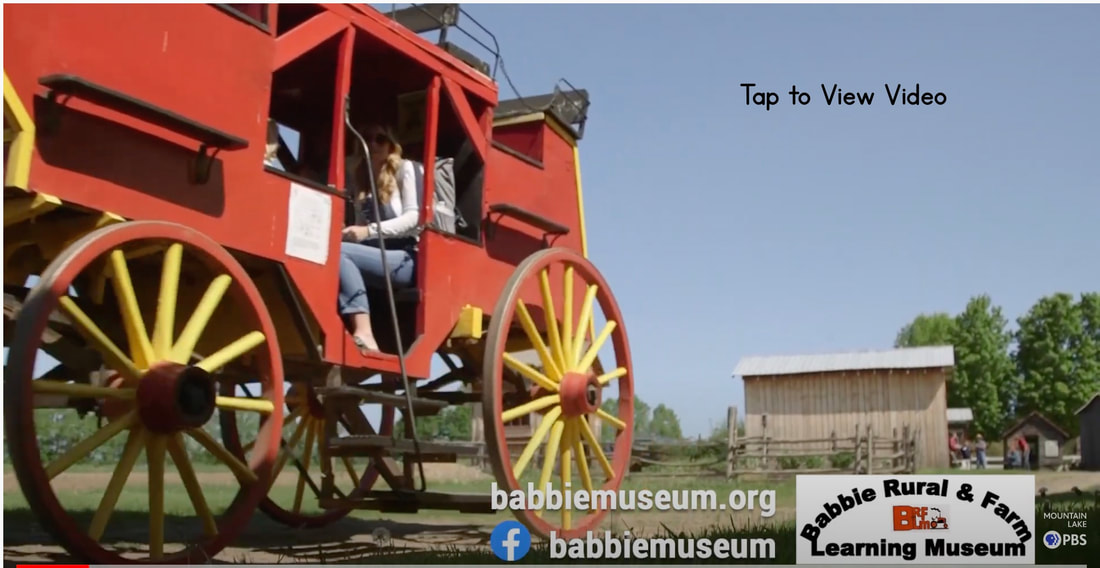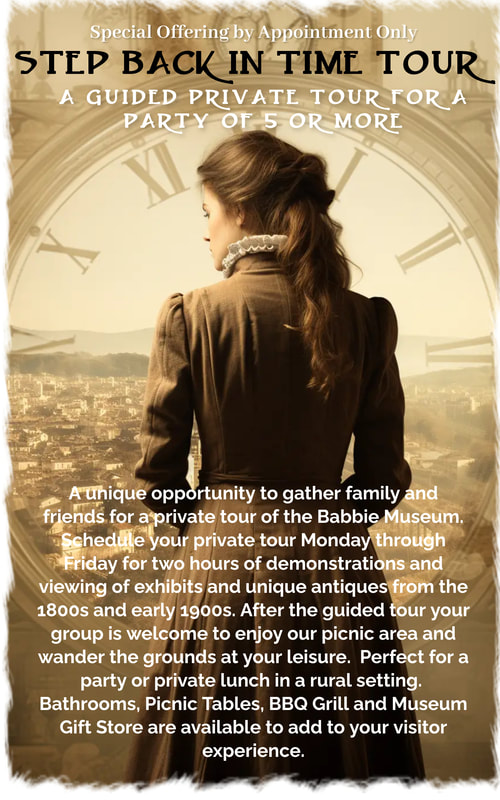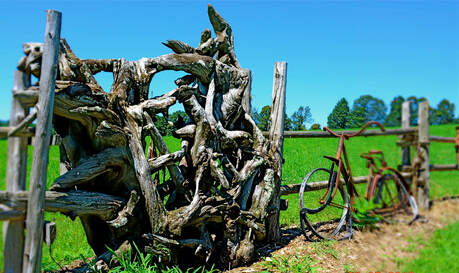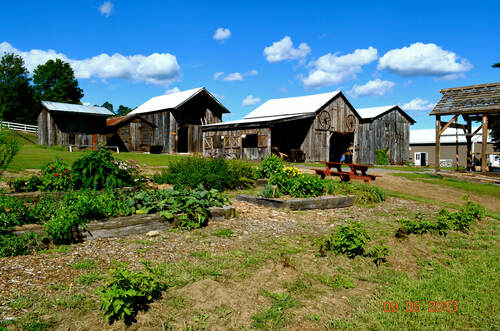2024 MUSEUM CLASSES
(click on class title(s) below for more information)
Lavender Wand Workshop -Saturday, July 13th @ 11:00am
July Needle Felting Class - Sunday, July 21st @ 1:00pm
Memberships/Admission
One Year Membership Fees:
Individual: $30.00
Family: $40.00
Seniors & Military Personnel: $20.00
Admission Fees:
Adults (14 and up): $12.00
Children (5 yrs to 13 yrs) $7.00
Children 4 & under : FREE
Seniors & Military Personnel: $10.00
Join us through a membership and enjoy unlimited admission for one year. Come to all our special events and take part in the festivities. Receive our newsletters and obtain a 10 percent discount at the gift shop. Please consider becoming a member and supporting a community asset.
Individual: $30.00
Family: $40.00
Seniors & Military Personnel: $20.00
Admission Fees:
Adults (14 and up): $12.00
Children (5 yrs to 13 yrs) $7.00
Children 4 & under : FREE
Seniors & Military Personnel: $10.00
Join us through a membership and enjoy unlimited admission for one year. Come to all our special events and take part in the festivities. Receive our newsletters and obtain a 10 percent discount at the gift shop. Please consider becoming a member and supporting a community asset.
MISSION STATEMENT:
Our mission is to provide an entertaining environment where visitors can learn about rural and farm life in the Champlain Valley and Adirondacks prior to the 1950's .
The purpose and Goal of the Babbie Rural & Farm Learning Museum:
The purpose of the Babbie Rural & Farm Learning Museum, located at 250 River Road, Peru, NY in Clinton County, is to enhance knowledge of rural agriculture life in Northern New York. It is our goal to create an atmosphere that depicts how rural farm families lived and worked in the late 19th and early 20th centuries. The Museum will also acquire, restore, display, and demonstrate how things were operated during that era. Visitors to the museum learn about New York's rural and farm life development from seeing horse-drawn implements, gas engines, early tractors and other supporting tools in action. There are demonstrations for visitors of all ages, many of which are interactive. At Babbie Rural & Farm Learning Museum we feel it is important to educate and entertain the public about the rural and agricultural history of the North Country.
The museum is a non-profit educational institution dedicated to preserving our historical and agricultural way of life.
History of the Museum
In the spring of 2010, the Babbie Rural and Farm Learning Museum had its Grand Opening. But the history of the museum goes back a long ways in time.
Leeward Babbie, the founder of the museum, in 1962 moved his mothers chicken coop from the family farm in Champlain, NY. to his new farm in Peru, NY., unknowingly, moved the first building that would later be placed on the museum grounds.
As years went by, Leeward would collect many antiquities reflecting how people lived in the Champlain Valley and the Adirondacks.
Leeward has always been interested in the memories of families. Many people, when they come to the museum and see the artifacts and demonstrations, will reminisce and tell their stories.
When Leeward sold his farm in 2002. He started doing custom field work for area agricultural businesses. During the off season, winter, he would plan and work on his long time dream of the museum.
With the help of family members, relatives and friends in the planning stage, it was proposed to be an interactive museum with education and entertainment to be the key points of the project. With this in mind, live demonstrations became an integral part of the museum.
Leeward Babbie, the founder of the museum, in 1962 moved his mothers chicken coop from the family farm in Champlain, NY. to his new farm in Peru, NY., unknowingly, moved the first building that would later be placed on the museum grounds.
As years went by, Leeward would collect many antiquities reflecting how people lived in the Champlain Valley and the Adirondacks.
Leeward has always been interested in the memories of families. Many people, when they come to the museum and see the artifacts and demonstrations, will reminisce and tell their stories.
When Leeward sold his farm in 2002. He started doing custom field work for area agricultural businesses. During the off season, winter, he would plan and work on his long time dream of the museum.
With the help of family members, relatives and friends in the planning stage, it was proposed to be an interactive museum with education and entertainment to be the key points of the project. With this in mind, live demonstrations became an integral part of the museum.



